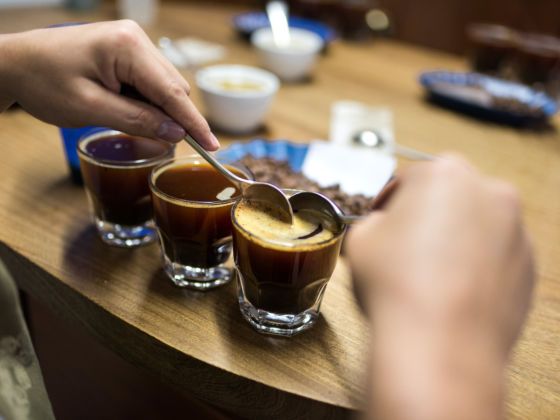LAST WINTER, WE RAN an article on Six ways to brew coffee around the world. The guide became one of Life’s most popular features of 2011, and the truth became clear: Matadorians love the brew.
As a former barista, I’ve met my share of coffee snobs, and was bracing myself for the usual guff of “how can you bring yourself to drink x?” Instead, I was floored by the comments and retweets, full of tips and kind words. Any trace of snobbery was self-deprecating, any trick or gadget shared eagerly with fellow javaphiles.
Matadorian coffee drinkers, you’re my kind of people.
In the comments, we culled more worldwide means to a perfect cup.
